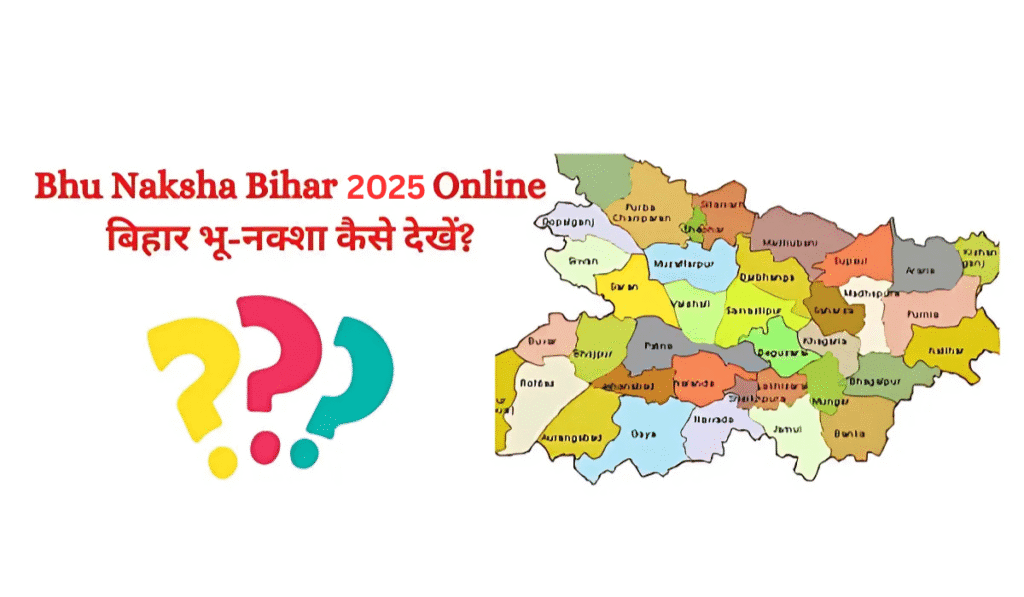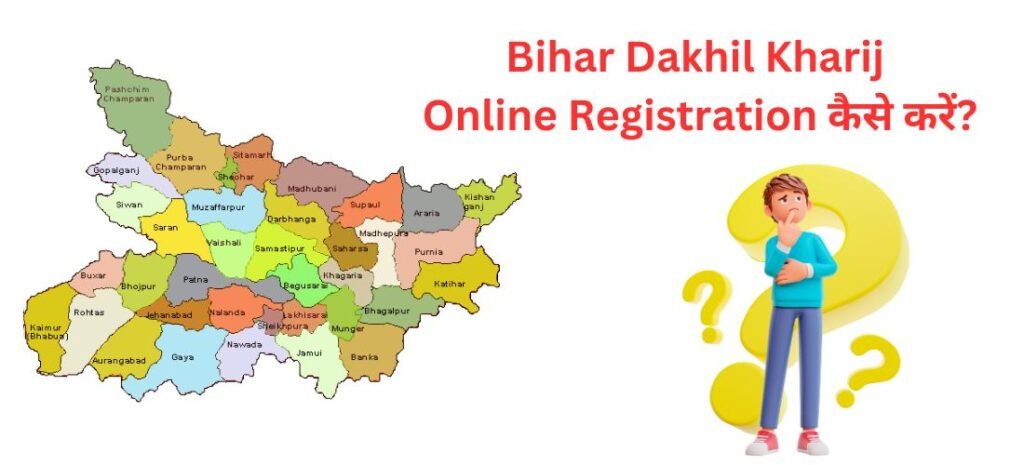The National Food Security Act (NFSA) enacted in 2013 is a defining piece of legislation meant to ensure food security for every Indian citizen. Geared toward eradicating hunger and malnutrition, NFSA provides access to subsidized food grains for entitled beneficiaries under the Targeted Public Distribution System (TPDS). Let’s examine more closely how NFSA operates and what difference it has made so far.
The National Food Security Act, 2013 also known as NFSA continues its implementation in all states/UTs across the maximum coverage of 81.35 crores to the present coverage of about 80.60 crore persons under NFSA who are receiving at present highly subsidized food grains.
Objectives and Coverage of National Food Security Act
NFSA points to ensuring access to an adequate quantity of quality food at affordable prices. Under the Act, highly subsidized food grains like rice, wheat, and coarse grains are provided to BPL families and the entitled beneficiaries through Fair Price Shops (FPS)
Also Read:- Pradhan Mantri Suraksha Bima Yojana (PMSBY) | Oasis Scholarship 2024 For Education
Categories of Beneficiaries
National Food Security Act categorizes recipients into three groups:
- State governments should regulate recognized family units based on identifiable criteria which include socio-economic status and vulnerability.
- The poorest among the destitute and whose gains under the Act are extra are useful to Antyodaya Anna Yojana (AAY) families.
- Regular family units are entitled to subsidized food grains at prices set by the federal government.
Entitlements and Dispersion Mechanism
According to National Food Security Act, eligible beneficiaries are entitled to receive food grains at heavily subsidized prices of ₹1-3 per kilogram. This is managed by a system of ration shops across the country ensuring that food grains reach the deserving people.
The substantial data facts about NFSA [Latest – 21st February 2021]:
| Number of Beneficiaries under NFSA | 81.35 crores (As of 13th July 2022) |
| Central Allocation under NFSA | 43.94 Lakh Metric Tonnes |
| State Allocation under NFSA | 32.99 Lakh Metric Tonnes |
| Total Distribution | 25.31 Lakh Metric Tonnes |
Must Read:- Pradhan Mantri Gramin Digital Saksharta Abhiyan | Bihar Student Credit Card Scheme
Impact and Usage Challenges
The National Food Security Act (NFSA) has strived, since passed, to provide food to millions of families the world over, mainly residing in remote and poor areas. It has been at the center of curbing hunger and diseases by providing a buffer against food insecurity.
Nevertheless, challenges such as identification of beneficiaries, leakage in distribution, and the need for advanced complaint redressal mechanisms persist. Consequently, mechanical interventions, improved targeting systems, and strengthening PDS infrastructure are being pursued to tackle these challenges.
National Food Security Act Criticisms

The successful usage of the National Food Security Act remains with the states/UTs and as administration contrasts from state to state, the adequacy of the usage would moreover vary in each state.
- According to a review conducted in 2016 by the Comptroller and Auditor General (CAG), the wrong people are benefitting from NFSA.
- It accuses many states of implementing the NFSA even though they know that their list of beneficiaries is not genuine.
- Leakage happens in PDS: a leakage revealed that food grains did not reach the intended recipients. The leakages could be of three kinds:
- pilferage amid transportation of nourishment grains
- diversion at reasonable cost shops to non-beneficiaries
- exclusion of entitled recipients from the list.
- Storage: In concurrence with CAG review, the available space for storing food grains was insufficient to sustain the distributed volume. Quality of food grains:
- One persistent issue concerning people is about the food quality. Often they say it doesn’t match up to expectations and sometimes mixing them with other types may make them edible whereas some other people say it contain stones among other things non-food.
Government Schemes:- PM Vishwakarma Yojana | E Shram Card Payment List
Ways to increment the adequacy of NFSA
The Government ought to give methodologies for superior nourishment capacity and embrace a coordinated approach system to encourage horticulture productivity.
- Utilizing technology in data handling from grain procurement to distribution can increase the efficiency of the process. An example of artificial intelligence can be found from January this year where the DigiLocker facility was rolled out in the PDS system.
- It aims at making e-ration cards available to beneficiaries round the clock and from any place under the One Nation One Ration Card Scheme.
- The recipients need to receive comprehensive information regarding the entire process; it must cover the quality of food grains as well as the storage facilities in which these grains have been kept.
- In order to do this, it is recommended that e one ration card system where necessary elements are explained (for more, see PIB dated Aug 9, 2019) which would serve to eliminate confusion mainly among migrants enabling them to choose their desired PDS outlet.
- Expand the scope of Coordinates Administration of PDS (IMPDS) to all the states.
Future Directions
The focus is now on improving the effectiveness and efficiency of NFSA so that deserving persons and families across the country will benefit from it. This involves using technology for easy delivery, extending coverage to vulnerable populations, and promoting nutrition knowledge and education.
To Sum Up
The National Food Security Act (NFSA) is one of the cornerstones in India’s effort to achieve food and nutrition security for all. By providing subsidized foodgrains to eligible families, NFSA not only deals with the immediate problem of hunger but also sets the stage for a healthier and more productive citizenry. Even though administration is being fine-tuned by the government, NFSA remains essential in the interest of comprehensive development and social equity through nourishment for all.
FAQ’s:-
Q1. What is NFSA in the ration card?
The State Government / UT Administration is responsible for identifying beneficiaries/households that qualify for the Antyodaya Anna Yojana (AAY) and Priority Households (PHH) ration cards stipulated under the National Food Security Act, 2013 (NFSA).
Q2. What is the nourishment security stipend beneath NFSA?
Each individual having a place to distinguished qualified family units is entitled to get 5 Kg of foodgrains per individual per month at subsidized costs beneath TPDS.
Q3. Are PDS and NFSA the same?
The Public Distribution System (PDS) ensures food security in a way that subsidized foodgrains are offered to economically weaker sections of society. According to the nation’s 2013 National Food Security Act (NFSA), 75% rural population and 50% urban population are eligible for subsidized food grains .


